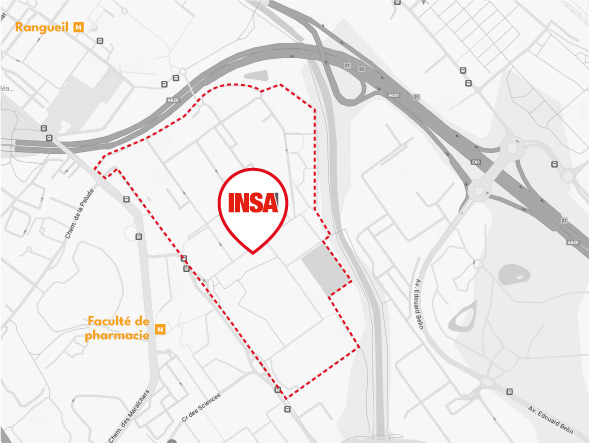The objective of this course is to introduce the fundamentals of analog and digital electronic systems used by engineers designing electronic communications systems. Organized into thirteen sections, the course aims to cover the analog and digital functions typical of a telecommunications system, such as that of a cell phone. The signal conditioning aspect is addressed by presenting various analog filter structures, with the canonical expressions demonstrated. Operational amplifiers (Op Amps) are studied in linear mode in Laplace space, followed by their study in saturated mode.
The second part of the course covers the concepts of digital electronics: combinational and sequential logic, gates, flip-flops, registers, multiplexers, converters, and memories. The connection to digital signal processing is introduced through CAN and DAC architectures. The issue of communication and interfacing between different logic families is analyzed, associating communication protocols with transmission modes (synchronous, asynchronous, duplex, etc.).













